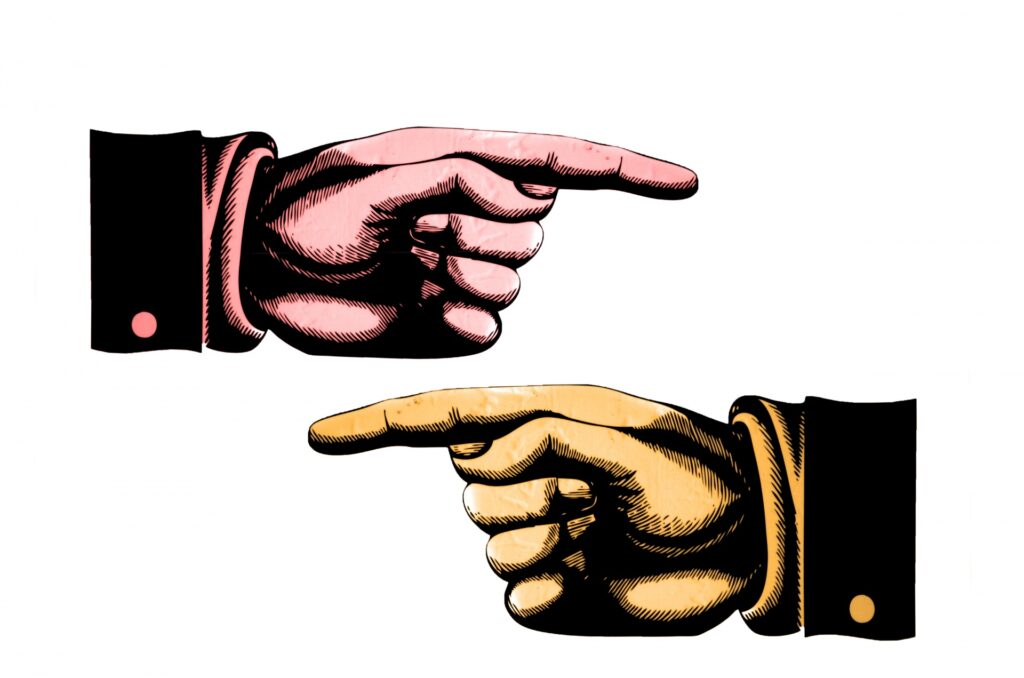Nudging behaviour
I’ve been thinking about nudge theory. It’s probably the thing that explains why I did economics for GCSE and politics for A Level before going on to do a psychology degree – although I didn’t know it at the time, it combines all three.

Nudge theory is a concept which suggests that positive reinforcement and indirect suggestions are ways to influence how individuals and groups behave and make decisions. As a psychologist, I find this fascinating. There are ‘nudge units’ in existence at a national level in many countries, including in the UK. Even if we weren’t explicitly aware of it, this concept of nudging behaviour is playing an important role in how we tackle the COVID-19 pandemic. According to the New Scientist article “unless we also factor in the science of human behaviour – how real humans in the real world act and think – our understanding is incomplete, and our attempts to defeat the virus will fail”.
Intrigue
I feel a slight sense of trepidation embarking on a blog that touches on the pandemic, but setting aside what we think about it and the way in which it has been handled differently across the globe, I am intrigued by the role that behavioural science has had to play. I also suspect that many of the health and safety representatives that I’ve come in contact with over the years at the organisations we work with know about and use nudge theory already.
Nudges are things that alter our behaviour without forbidding something or providing a significant incentive. The retail industry uses them to encourage us to buy certain products by putting them in our eye line, or through the advertising they use. It’s about subtly creating a set of choices where the ‘desired’ one is more likely to be made– this is what was behind the replacement of sweets with fruit at the check-out and is now behind the messaging to get us to wash our hands more frequently, not touch our faces and to wear face coverings.
If you take a look at the Wikipedia page for the Behavioural Insights Team, the UK’s nudge unit, there is a list of some of the projects they’ve worked on that have led to changes in behaviour – not always huge changes, but enough to make a difference.
Using employee surveys to drive change
So, this has got me thinking about how this applies to the organisations we work with – it’s really relevant as employee surveys often trigger change that requires employee behaviour to shift. When survey results suggest that there’s an issue around employee voice or collaborative working, organisations ask us how they can improve in these areas. To be honest, we’ve been applying these principles for years, and it is only relatively recently that this theory has been formalised as Nudge Theory. Often, the solutions that are most successful in creating lasting behavioural change are the ones that have an art of subtlety, or nudge, to them. As well as doing the obvious by creating listening groups, and cross-team action groups, etc., there’s nudging of behaviour can be done by managers who role model the right behaviours, or by updating, aligning and discussing new values that support an open and honest culture. Using the principles of the nudge comes down to subtle nuances in communication that hook into what’s significant and important for different people. This brings me to another favourite topic… individual differences.
In an issue of CIPD’s People Management magazine from last year, they spoke about Siemens, who wanted to boost pension savings. Instead of a single email setting out the expectation for people to save more into their pensions, they created 26 different messages that were sent to individuals based on age, salary and current contribution. They found that the different types of message, targeted more individually, had a much more positive impact than a single message.
Remember the benefits of Nudge Theory
The learning for us as a research and survey organisation is therefore to encourage our clients to remember the benefits and principles of Nudge. Lasting change can only happen when a range of different actions are put in place – some will be obvious ones and others will be more subtle. It is the subtle ones that really reinforce the behaviour, as opposed to forcing behaviour to change.
We’d love to hear from you about how you’ve helped nudge behaviours in your organisation and we’d love to talk to you about how we can help you implement the concept into your engagement strategy. Drop us an email at info@surveyinitiative.co.uk. Alternatively, for more information on our expert employee survey services, which include pulse surveys, 360 feedback surveys and general employee insights, contact the team.